BRUMADINHO, Brazil (AFP) – Florence GOISNARD
Brazil marks the first anniversary of the Brumadinho dam collapse Saturday, one of the country’s worst industrial accidents, which left 270 people dead.

Millions of tons of toxic mining waste engulfed houses, farms and waterways, devastating the mineral-rich region in the southeastern state of Minas Gerais.
State prosecutors on Tuesday charged Brazilian mining giant Vale’s ex-president Fabio Schvartsman and 15 others with intentional homicide and environmental offenses over the disaster.
Vale, which owned the dam, and its German auditor TUV SUD also face environmental charges.
It was the second such tragic mishap involving Vale in three years.
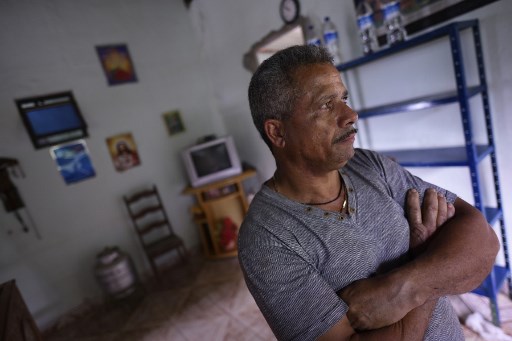
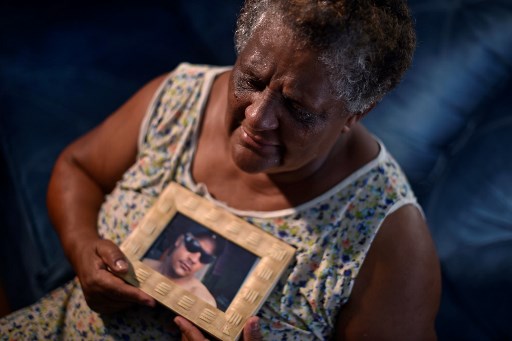
Here are some key changes sparked by the catastrophe.
Upstream dams ban
In the weeks after the disaster, Brazil banned the construction of new upstream dams, like the one at Brumadinho, which are cheaper but less stable than other types of tailings dams.
The government also ordered the decommissioning of existing ones and toughened monitoring requirements.
It is a daunting task. As of August, there were still 61 upstream dams, including 41 in Minas Gerais, the National Mining Agency watchdog said.
Vale also stepped up efforts to reduce its reliance on tailings dams by ramping up investment in “dry iron ore processing.”
The company in May earmarked 11 billion reais ($2.5 billion) for the installation and expansion of “dry processing” facilities over the next few years. That follows an investment of 66 billion reais in the past decade.
Vale wants “dry mining” to account for 70 percent of its activities by 2023, compared with 60 percent currently.
“By not using water in the process, no tailings are generated and, therefore, there is no need for dams,” the company says.
It was the accumulation of water and a lack of drainage that caused the January 25 dam rupture, according to a report commissioned by Vale and published last month.
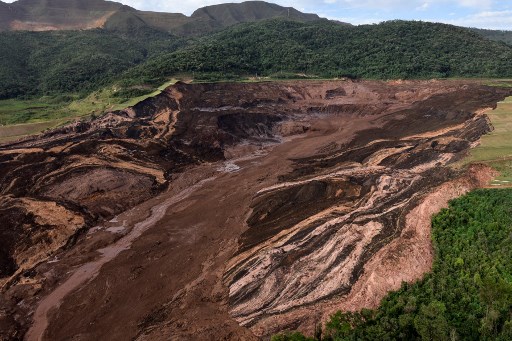
Vale has been accused of failing to report defects in the structure that could have avoided the tragedy.
In a scathing remarks on Tuesday, prosecutors accused Vale and TUV SUD of issuing false reports on the stability of the dam and keeping information about its “unacceptable risk” secret to protect the miner’s reputation.
Escape routes
After the Brumadinho tragedy, the state Civil Defense drew up emergency evacuation plans for villages and towns located near dams at risk of collapsing.
Firefighters, soldiers and police officers were dispatched to the devastated region to teach residents how to respond in the event of another dam breach.
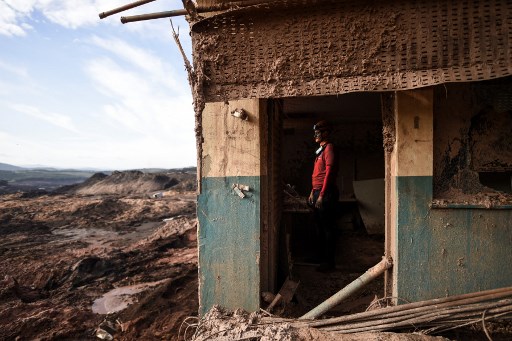
But a year after the disaster, they have not trained everyone.
“For the moment, we have only been able to simulate an emergency situation with half of the risk zones” due to the lack of time, says Lieutenant-Colonel Flavio Godinho, the state Civil Defense coordinator.
“Every inhabitant must know exactly where to go after hearing the siren signaling the rupture of a dam.”
“It is this kind of prevention that will avoid another disaster,” he adds.
The siren at Brumadinho did not sound.
Macacos village, which is in Minas Gerais, is surrounded by several dams. One of them was placed at the maximum level three alert on February 16, 2019.
“Evacuation route” signs have been installed throughout its streets, indicating the way to safety.
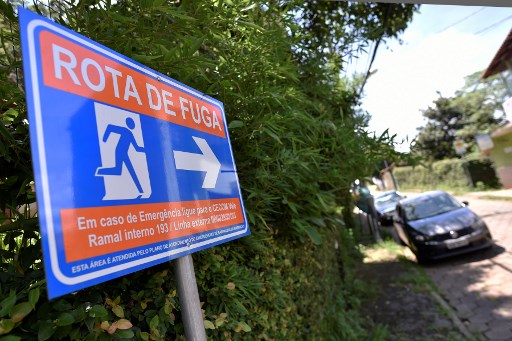
Vale announced in December it had finished “emergency containment works” in Brumadinho to reduce the flow of sediment in the event of another accident.
Economic hit
Suffering in Brumadinho has gone beyond the grief for lost loved ones. The economic impact has also been painful.
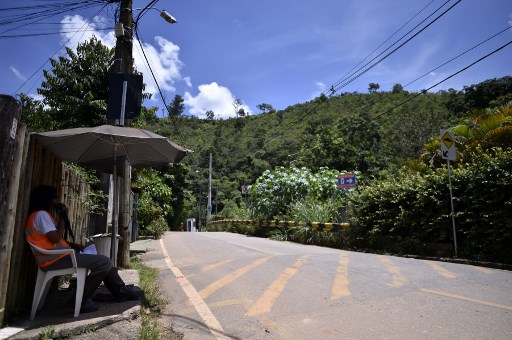
Farming and fishing in areas hit by the toxic mudslide have been banned.
As well as burying swaths of fertile land, the sludge contaminated the Paraopeba river, making the water unusable for irrigation and the fish unsafe to eat.
Adelson Silva de Oliveira drives his tractor across his land, crushing six-feet high weeds that have invaded the fields where he used to grow cabbage and corn.
He has not planted anything for a year.
“There is nothing we can do with the river water and anyway, who would buy products that have grown with this water? Nobody,” he tells AFP.
Adelson and some 100,000 others living within a kilometer of the river have been receiving “emergency aid” of 1,000 reais — the equivalent of the minimum wage — from Vale every month.
That will drop to 500 reais next month.
Tourism has also taken a hit. Most restaurants and cafes in Macacos have closed.
“The fear linked to the dam has destroyed Macacos,” says a resident.
“There is no longer any activity here.”

© Agence France-Presse







